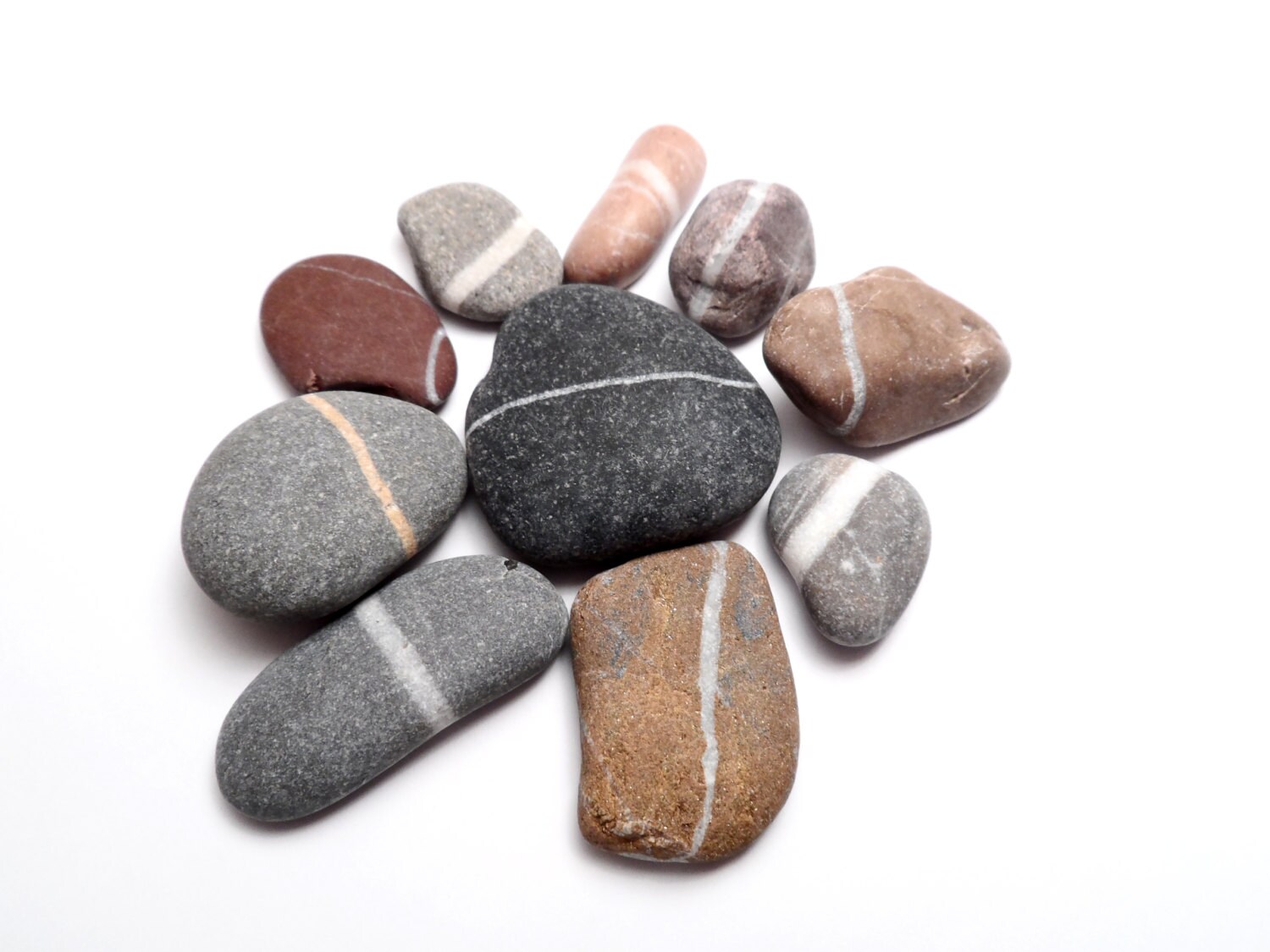


This theory about the grail being the womb and bloodline has been popularized by Dan Brown’s novels and movies such as The Da Vinci Code and The Lost Symbol. Some theorize that it’s symbolic of Christ’s Bloodline and a symbol for the womb, which brings my mind back to the idea of moldavite being with the Venus of Willendorf, the fertility mother goddess. The Persian word for “engraved stone” is “ghr’al” which looks and sounds like the english word “grail”. The word “grail” is thought to originate from the Persian word “Ghr” which means “Pearl” or “Stone”. It was believed to be the vessel from which Christ drank from at the last supper claiming that it contained his blood. The Holy Grail was an object (most often thought of as a cup, due to its name) which bestowed immortality or rebirth, much like the Cauldron of Cerridwen. The Holy Grail is an item from Arthurian legends which combine Christian and Celtic Pagan imagery and lore. Image Credit: Dante Gabriel Rossetti | Public Domain Lapis ex Caelis This new translation also contains an intriguing variation of the line from Newton’s version: “It extracts the light from the heights and descends to the earth containing the power of the above and the below for it switch the light of the lights. In recent translations of the emerald tablet from the original Arabic, by Nineveh Shadrach, the line in question appears as “it is a fire that became our earth,” which again precisely describes the creation of moldavite. Sacred chemistry of the gods, if you happen to be an alchemist. It is created through fire when the “power” or “energy” of a meteorite impacts the earth, creating this new substance through sheer force. Looking again at Isaac Newton’s translation of the emerald tablet provides a tantalizing clue: “Its force or power is entire if it be converted into earth.” This describes moldavite exactly. “This semiprecious stone, which resembles green glass, has gemlike qualities and is often used in jewelry. Perhaps the text explaining the creation of the Lapis Elixir (The Philosopher’s Stone) was carved on the Philosopher’s Stone itself. The text of the Emerald Tablet seems to reflect the creation of Moldavite itself. It is interesting to note that many ancient people referred to any transparent green stone as “emeralds”. Many actually believe that the Emerald Tablet wasn’t carved on emerald at all, but rather Moldavite. It is unknown who actually wrote the Emerald Tablet, but tradition credits Hermes Trismegistus as the author. Image Credit: Joseph Wright of Derby | Public Domain This knowledge was inscribed on an “emerald that fell from heaven”. The text is believed to explain in cryptic language the secrets of prima materia and its transmutation to create the fabled Philosopher’s Stone as well as an understanding of macrocosmic and microcosmic forces. The Tabula Smaragdina or Emerald Tablet, was a condensed piece of the Hermetica, contains the foundational secret knowledge of alchemy and the Hermetic Tradition.

The Emerald Tablet & The Philosopher’s Stone Image Credit: Heinrich Khunrath | Public Domain Tabula Smaragdina & Lapis Elixir The two seemed to share a significant link, indicating that it was most likely sacred to the fertility goddess. What is less known about the discovery of this goddess is that in the same excavation they found many talismans, amulets and ritual knives crafted from Moldavite. The figure was believed to be a fertility deity, speculated to be the Paleolithic Magna Mater or Great Mother Goddess of ancient people. The name Venus was used around this time period to indicate that it was an “immodest” goddess – having no connection to the Roman goddess of the same name. The statue was named the Venus of Willendorf and is believed to be the oldest image of a deity on Earth. At least 25,000 years ago, the ancient Neolithic people of Eastern Europe wore and crafted moldavite as spiritual talismans and amulets for good fortune and fertility. In 1908 by a workman named Johann Veran discovered a statue during excavations conducted by archaeologists Josef Szombathy, Hugo Obermaier and Josef Bayer at a paleolithic site near Willendorf, a village in Lower Austria. Moldavite also has a very rich history and has been revered throughout history and pre-history. Image Credit: Lisby | Public Domain Moldavite & The Mother Goddess


 0 kommentar(er)
0 kommentar(er)
